Custom screen printed heat transfers for t-shirts and general fabric is one of the sharpest and more reliable decoration methods available today. Also known as digital transfer, your logo is essentially printed onto transfer paper and then the ink is transferred from the paper to the fabric thermally using pressure. This is a huge difference from the iron-on decals that used to be a popular way to heat transfer a logo.
We’ll walk through the process behind heat transfer printing, what supplies are used, and what types of products are best for using this printing technique. Continue reading to find out all of this information and more.
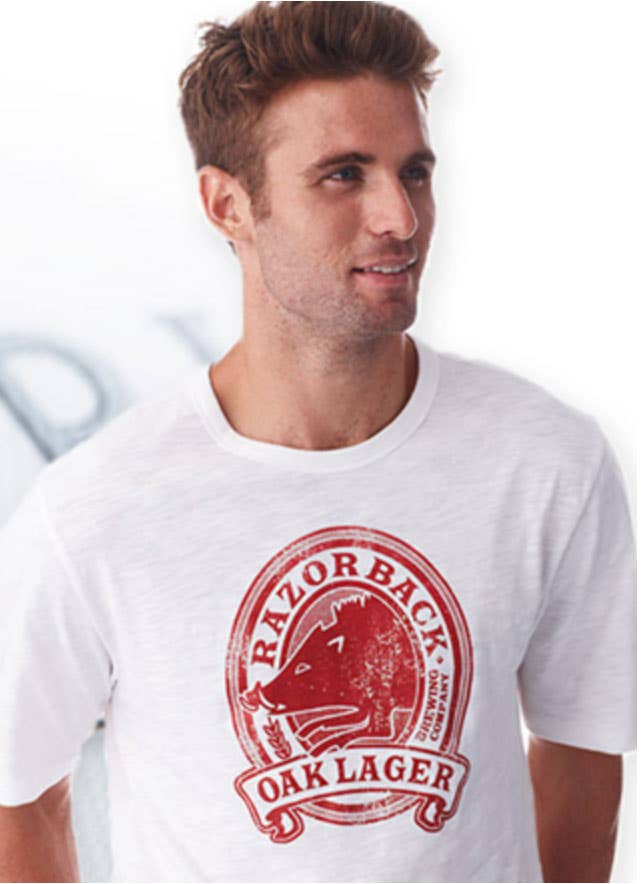
How to Heat Transfer Print
If given as an option, most people don’t fully understand what heat transfer printing is. People assume it has something to do with heat, but no more thought goes into the decision if other options are available. Embroidery and screen printing are both popular decoration methods that are often chosen over heat transfer. This is because they’ve both been staples in the custom design industry for several years before heat printing had its day in the sun.
Heat transfer can be done in a few different ways. There are inkjet transfers, which is the most common, digital applique transfers, vinyl transfers, and dye-sublimation transfers.
What is Heat Transfer Printing?
As previously mentioned, heat transfer printing is a way to place a custom logo onto a piece of fabric using thermal energy and pressure, as well as a digital system to create the logo. The steps it takes to create a heat transfer design are listed below.
What is a Heat Transfer Logo?
A heat transfer logo is a custom design that is transferred directly onto a piece of fabric. This is the same thing as heat transfer printing, but it’s specifically focusing on a logo over an entire design that some shirts can have.
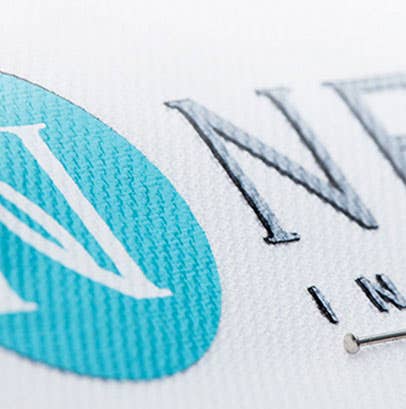
Supplies Needed For Heat Transfer Printing
Commercial applications using heat transfer printing need a list of important supplies in order for the task to be completed. These include the following:
- Computer: Must include graphic design software to create a custom logo.
- Digital Heat Transfer Printer: Used with special ink and transfer paper to print out the custom design.
- Ink: Several types of ink available for printing designs. Most use inkjet ink for its price. Pigment ink and sublimation are used for other types of heat transfer printing.
- Heat Transfer Paper: A special paper designed for heat transfer. Often coated in wax and pigment polymer film that will bond with the fabric after being heated.
- Vinyl Cutter: Used to cut out the design from the heat transfer paper.
- Heat Press: Used to press the fabric and custom design together. These come in multiple shapes and sizes depending on the type of application. Swing-away flatbed machines are used for regular apparel, whereas cylinder-shaped heat presses are for rounded objects.
- Heat Pads: Placed on the bottom of the heat press to serve as a surface for your product to sit on. Made from silicone rubber or heat resistant foam.
- Heat Tape: Used to hold transfer paper to product.
- Heat Resistant Sheeting: Placed between the transfer paper and heating platen in order to keep the heat press clean, as well as prevent the transfer paper from burning up.
- Substrates: The product you’re decorating. This can include heat transfer shirts, bags, drinkware, and a lot more.

Steps to Heat Transfer Printing
The steps to the printing process are rather easy to do. As long as you have all your supplies gathered, you can be on your way to creating an incredible custom design faster than ever.
- Create Your Design: Use the graphic design software from your computer to create a mock-up of your design.
- Print Your Design: Print your logo or custom design onto heat transfer paper using one of the three types of ink previously mentioned.
- Cut Out Your Design: The vinyl cutter will come in handy to cut your image from the transfer paper. While you’re cutting out your new design, begin to warm up the heat press. The temperature should be somewhere between 350 and 375 degrees Fahrenheit.
- Make Adjustments: Begin to create any adjustments to the pressure and set the time for the heat transfer. The pressure depends on the thickness of the fabric used. Medium or higher pressure is almost always used. The time depends on the type of heat transfer you’re completing.
- Set the Product in Place: Position your item onto the place and make sure the transfer paper is facing upwards on the exact location on your product.
- Press the Product: Pull the handle to clamp the press shut and then click the start button to begin the pressing process.
- Remove the Film: Open the press once the timer goes off and remove the film from your design.

What Products Can Be Heat Transfer Printed?
Most fabrics can be heat transfer printed with relative ease. The products that can have this method implemented are listed below. They range from bags to clothing, but there are several other types of products that can use thermal transfer printing as the main method.
The North Face Custom Apparel & Bags
Great for small trips from city to city, The North Face Apex Duffel is a great example of the power of heat transfer printing. The North Face logo is heat transferred onto the front of the bag, while your logo can be screen-printed or embroidered to perfection using a precision printing press. This bag comes in asphalt grey, black, and monster blue and has two main zippered compartments, one for clean clothes and the other for dirty clothes or shoes.
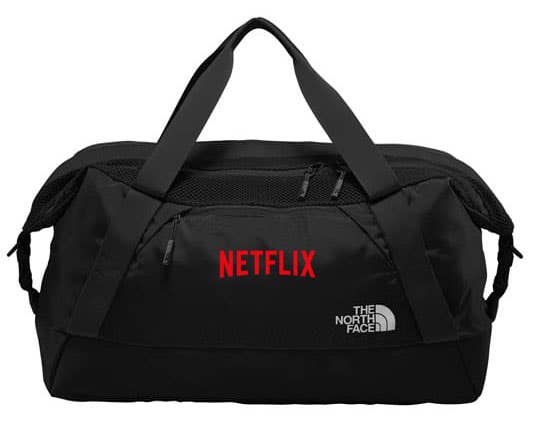
Custom Eddie Bauer Jackets, Fleece & Polos
Searching for a reliable jacket for the incoming cold weather? Look no further than the Eddie Bauer WeatherEdge Plus Insulated Jacket. This coat was created to outlast the elements, with its water-repellent coating and insulated interior. The Eddie Bauer and WeatherEdge Plus logos are heat transferred onto the left sleeve for an added pop.
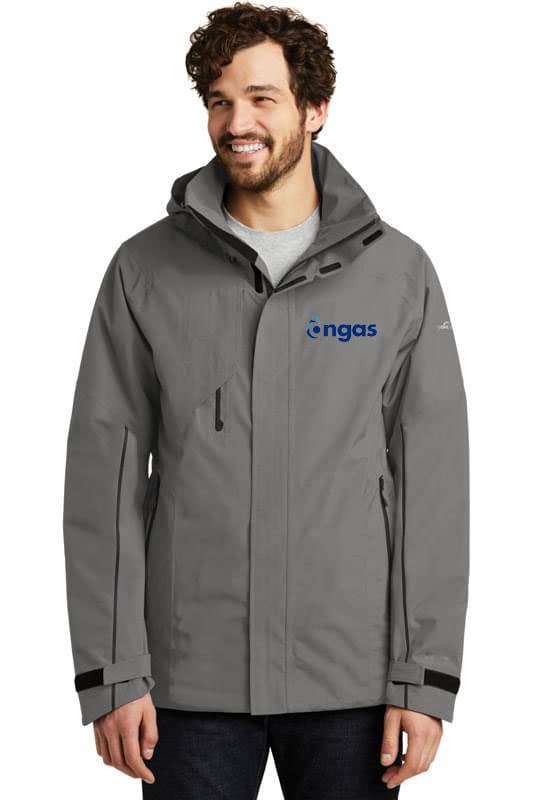
Custom Sweatpants, Joggers & Yoga Pants
For a mixture of style and comfort, our sweatpants, joggers and yoga pants collection have you covered. The heat transfer label is located on the pants, which come in charcoal, black, and sport dark navy. Your logo can be placed on either the front left or right side and be embroidered or screen-printed to perfection.
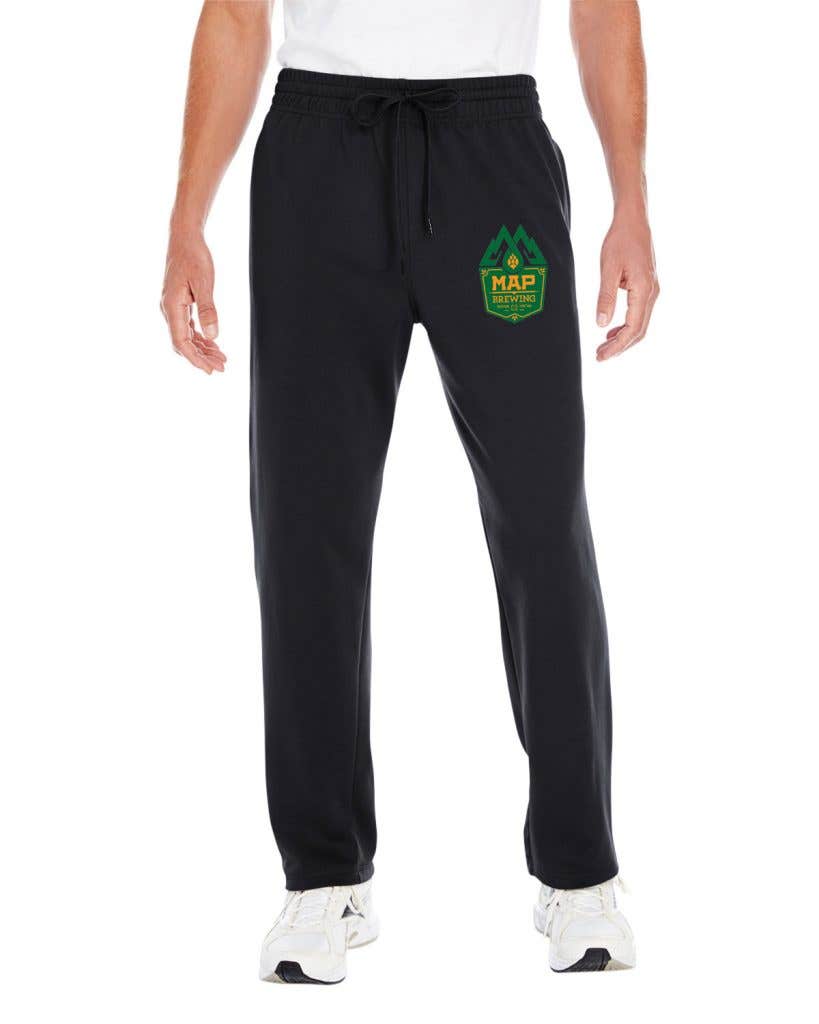
Custom Hoodies
Sometimes all you need during the cooler weather is a comfy hooded sweatshirt. The different material blends ensure you’ll be warm and toasty wherever you go.
Branded hoodies come in a wide variety of colors including white, red, purple, orange, navy, maroon, black, and much more. The areas where you can place your logo are various as well such as the full front, the left and right chest, the left and right sleeve, and the yoke.
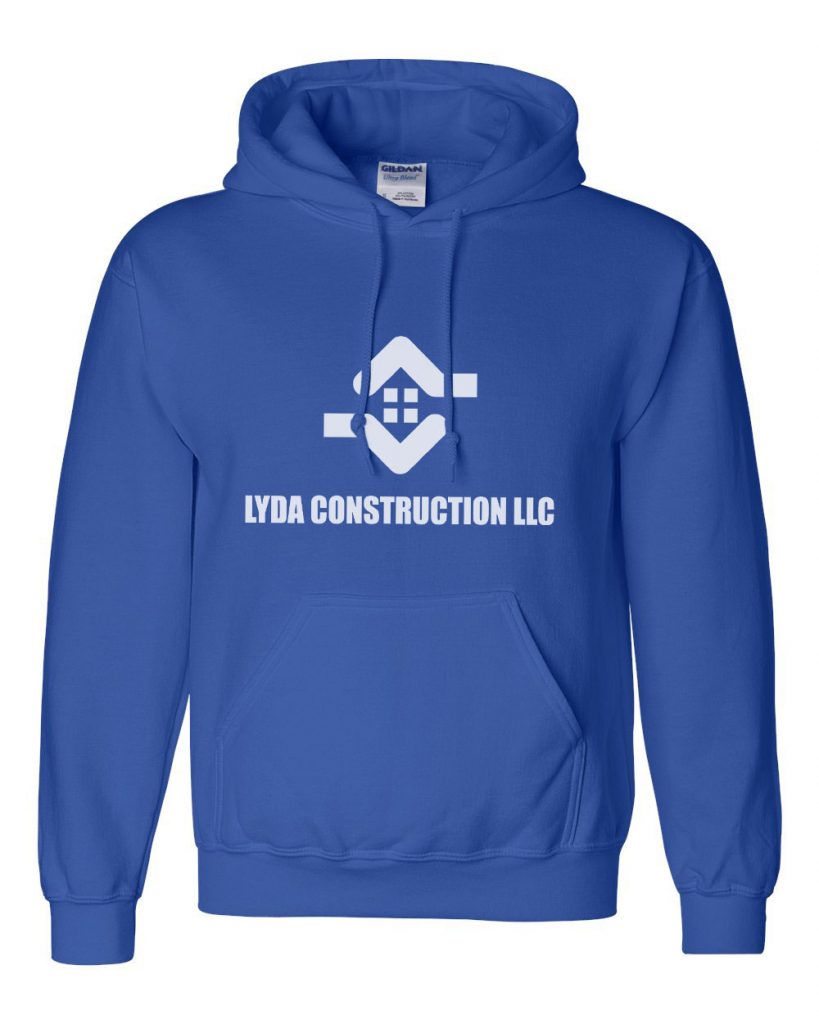
There are several advantages and disadvantages to using heat transfer printing. These designs can be created commercially for a relatively cheap price while still ensuring a beautiful design. More complex designs can even be created with the use of a graphics software program. On the flip side, this type of printing can’t be used on all textiles.
To figure out if heat transfer printing is best for your brand’s logo, you can always try making a sample of the final product you wish to create. This way, you’re not spending your entire budget on printing all of the items you need right away. You’ll get a better feel for the design and what fabrics can be used with this decoration method. Contact iPromo to find our if heat transfer is the best printing option for your next custom apparel order.

